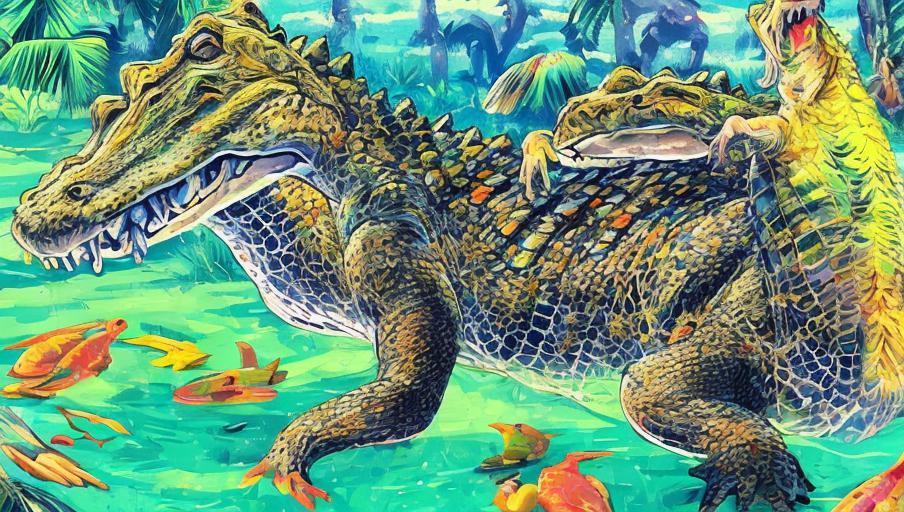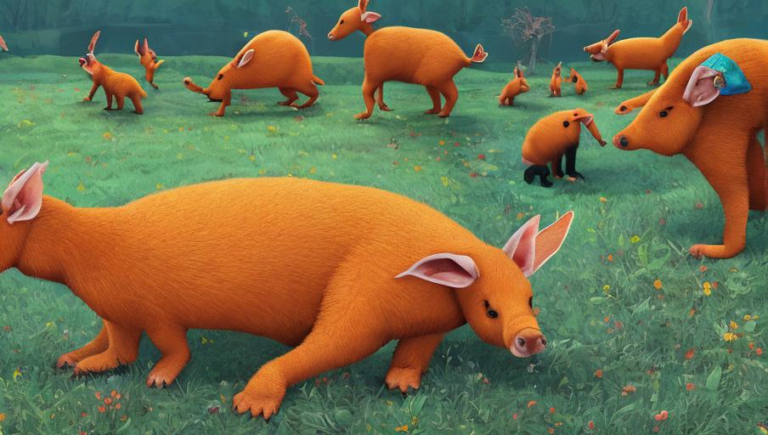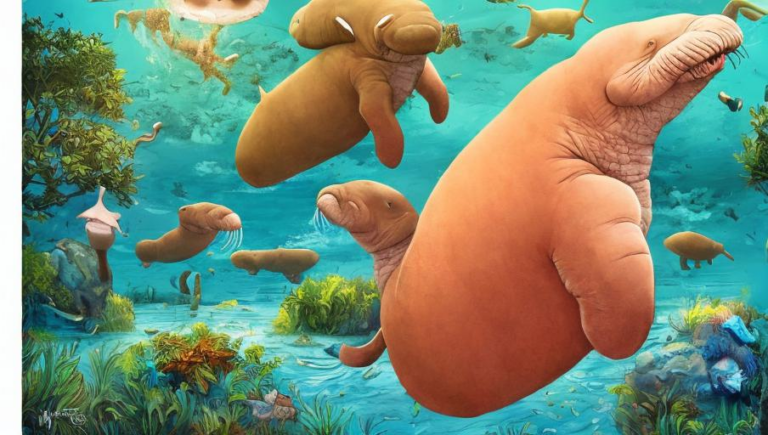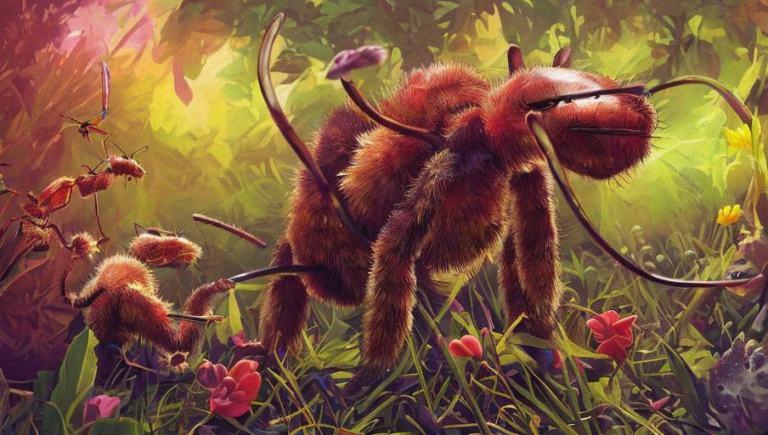An Exploration of Alligator Adaptations

Introduction
The American alligator (Alligator mississippiensis) is an iconic species of the southeastern United States that has adapted to survive in a wide variety of habitats. It is a remarkable species that has been able to survive and thrive in a variety of environments and has evolved a number of adaptations to help it survive. In this article, we will explore some of the alligator’s adaptations and how they help it to survive and thrive.
Physical Adaptations
The alligator’s physical adaptations are the most visible and most easily understood of its adaptations. Its skin is tough, thick, and covered in scales that are covered in a layer of mucus that helps to keep the animal moist. Its tail is muscular and powerful, allowing it to propel itself through the water and to defend itself against predators. Its snout is long and pointed, allowing it to efficiently hunt for prey in shallow water. The alligator also has a set of sharp, conical teeth that are designed to help it grip and tear its prey. Finally, the alligator’s eyes are situated on the top of its head, allowing it to see above the surface of the water while remaining hidden from its prey.
Behavioral Adaptations
The alligator’s behavior is also heavily adapted to its environment. It is a solitary creature that prefers to hunt alone and spends most of its time in the water. It is an ambush predator, which means it will lie in wait for its prey before striking quickly and accurately. The alligator has also developed the ability to recognize and remember certain individuals, allowing it to recognize friends and foes. This helps to protect the alligator from predation and also helps it to establish and maintain territories.
Thermoregulatory Adaptations
The alligator is a cold-blooded animal, which means its body temperature is largely dependent on its environment. To regulate its body temperature, the alligator has developed a number of adaptations. It has the ability to warm itself by basking in the sun, as well as the ability to cool itself by seeking refuge in the shade or in the water. It also has an intricate system of blood vessels near its skin that helps to regulate its body temperature. Finally, the alligator has the ability to slow its metabolism, allowing it to conserve energy during periods of extreme cold.
Reproductive Adaptations
The alligator has also developed a number of reproductive adaptations that help to ensure its survival. It has a long breeding season that lasts from late spring to early summer, allowing the alligator to take advantage of the warmer temperatures and ample food resources. The alligator also lays a large number of eggs, which increases the chances of at least some of the eggs surviving. The female alligator will also guard her nest and protect her young from predators until they are ready to leave the nest. Finally, the alligator has the ability to delay its hatching until the conditions are optimal, which increases the chances of survival for the young alligators.
Conclusion
The American alligator is an amazing species of animal that has adapted to survive and thrive in a wide variety of habitats. It has developed a number of physical, behavioral, thermoregulatory, and reproductive adaptations that help it to survive in its environment. By studying the alligator’s adaptations, we can gain a better understanding of how evolution works and how animals adapt to their environment.





